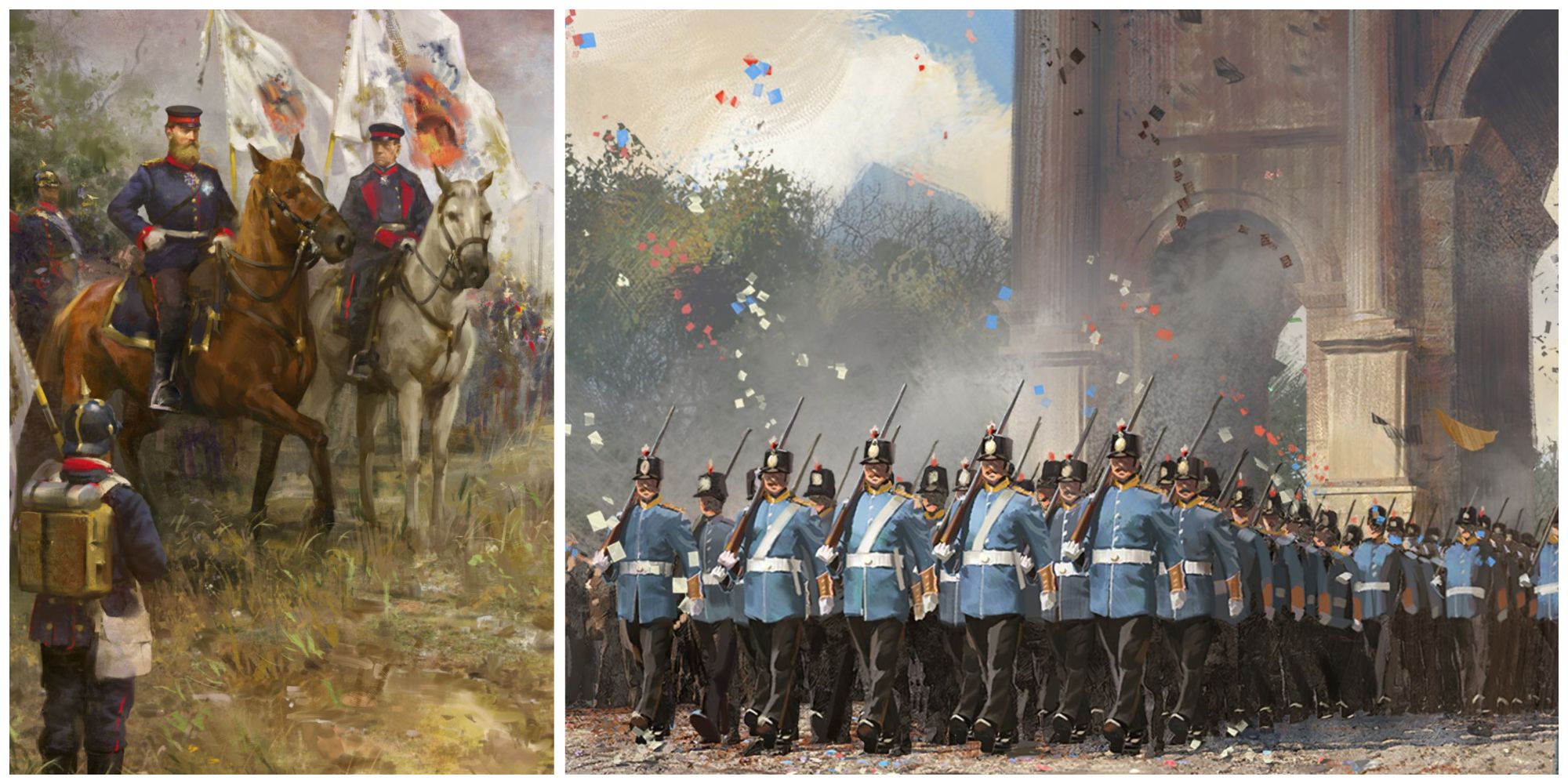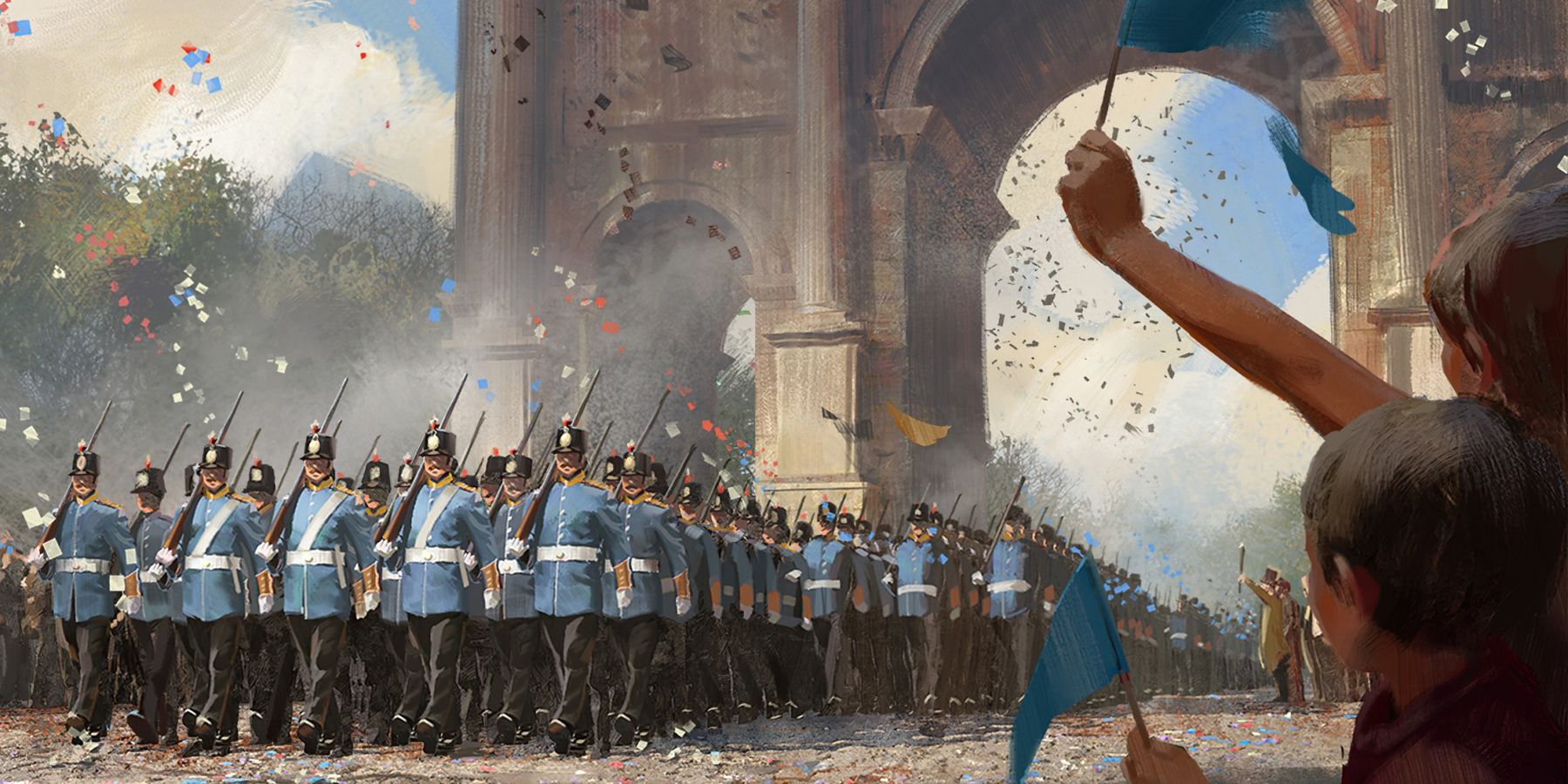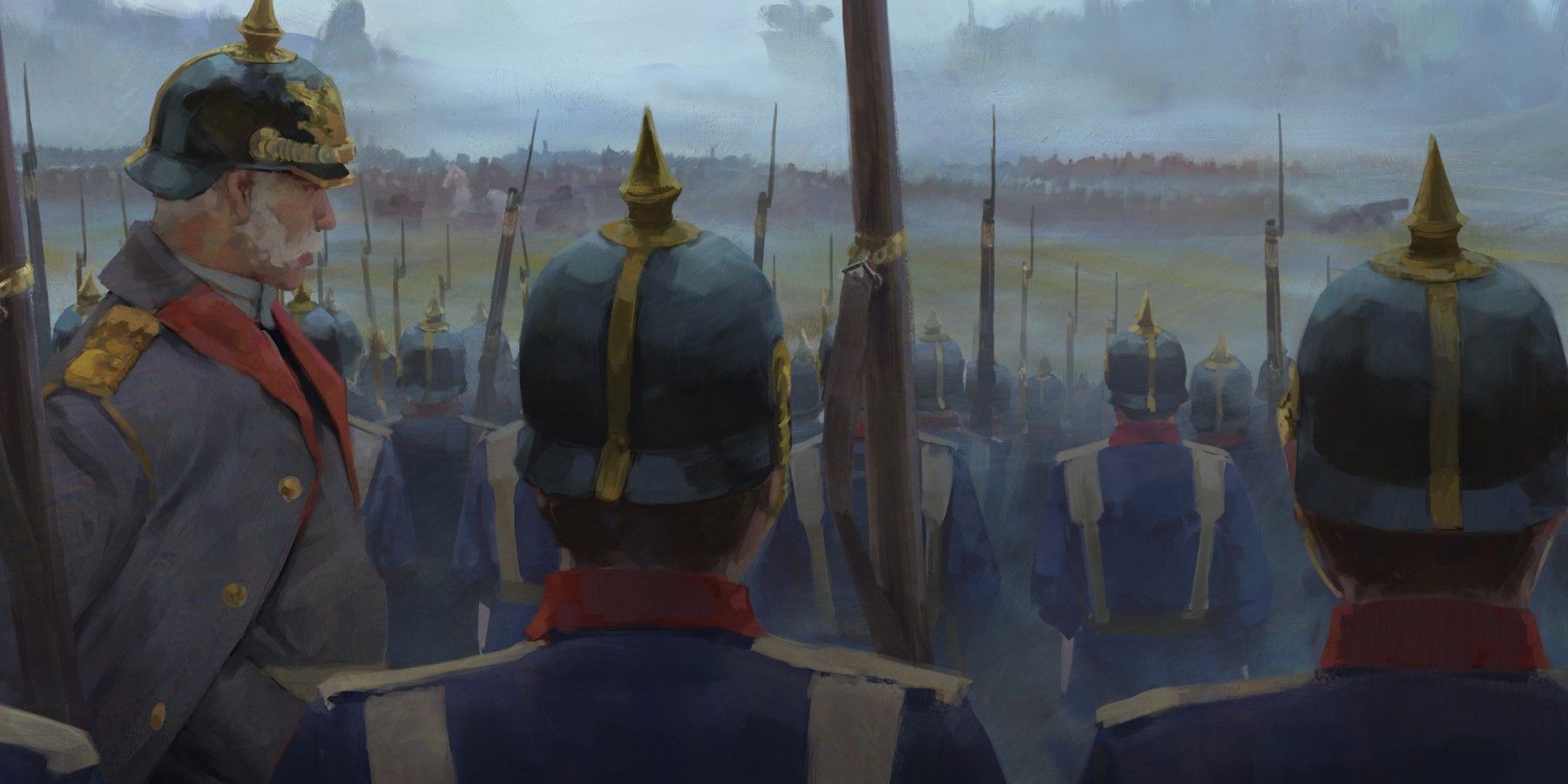Victoria 3 does not adhere to the standard city building template, but embraces a semi-realistic approach to running and governing mechanics. From setting up a vertical of agriculture to opening up a trade route, every decision, regardless of its magnitude, has consequences that can only be undone through future repercussions.
The military side is no exception. Games like Age of Empires or Command & Conquer games have their own way of dealing with enemies on the front lines, but Victoria 3 is more about mobilizing and managing them than strategizing the moves. It's all about allocating resources wherever and however necessary, and there are a few vital points to remember while doing so.
Diplomatic Plays
The game does not hand over a wartime effort on a platter. Instead, it's more like annoying a calm sibling to the point where they retaliate with everything they can get their hands on. Understanding the Diplomatic Play is essential to pose a threat and do some to the nearby borders, and it would be completely wrong to ignore the possibility of an outright world war.
Diplomatic Plays available in Victoria 3 include:
- Annex Subject
- Ban Slavery
- Conquer State
- Cut Down To Size
- Humiliate
- Independence
- Liberate Subject
- Make Dominion
- Make Puppet
- Make Vassal
- Open Market
- Regime Change
- Return State
- Take Treaty Port
- Transfer Subject
These Diplomatic Plays open up the possibility of various outcomes determining the way forward with the borders and the nations surrounding. Having an interest in a foreign power may result in multiple other countries eyeing the same, and it is vital to know that an easy offense could very well turn into a last stand from all corners.
Headquarters and Generals
Before moving on to the army compositions, it is wise to strategize the military first. The greater the number of Headquarters, the easier it is to navigate to the frontlines on all the corners. Having strategically placed Headquarters around the nation is a wise option, rather than having it all in one place under one roof.
In Victoria 3, the armies are unlike an RTS game in which players point and click to perform various actions. Armies consist of Battalions, and each battalion needs a capable general at its helm to keep things in order. Hiring and promoting generals increases the battalion's strength and can increase efficiency in ways that can be more beneficial and cost-effective.
Generals
Every general in the game comes with signature traits that can do a lot of good for the battalion he leads. Some of the primary key points to look at are the Roles, Interest Groups, and Ideology.
- Roles make sure of the general's grip over the battalion. A more decisive role can easily help the battalion break the frontline.
- Interest Groups have more to do with what the general wants. Having a general with an interest group of soldiers but giving the handle of artillery would be a wrong decision to start with.
- Ideologies are more to do with a general's battle stance. Be it offense, defense, long range, or short range, the general's ideologies help gauge his protocols better and provide enough ideas for his stationing area.
It is also essential to keep an eye on the General's hierarchy as it directly affects his Battalion size. Promoting a general up the rank provides more positions in his battalion.
- Level 1 General: Can handle up to 20 regular troops & 40 conscript troops
- Level 2 General: Can handle up to 40 regular troops & 80 conscript troops
- Level 3 General: Can handle up to 60 regular troops & 120 conscript troops
- Level 4 General: Can handle up to 80 regular troops & 160 conscript troops
- Level 5 General: Can handle up to 100 regular troops & 200 conscript troops
Military Compositions
Barrack Soldiers
Soldiers from Barracks are the primary combat troops in the game, as they are trained professionally and disciplined as an armed force. However, training troops from the barracks will take a heavy toll on the nation's supply chain as they require the highest input of food, arms, and ammunition, and carry a cost even when they are idle during peaceful times. But they are the highest quality combatants in terms of foot soldiers.
Conscriptions
Conscripted soldiers are conversion soldiers forced to take up arms during war. They are the everyday hard-working peasants who would take up the war efforts (leaving behind their existing jobs) for a higher pay grade. They are cost-effective as they do not have running wages during peaceful times and can be called to arms when required. They do not have the most prominent battle experience, but can hold their own in large numbers.
Artillery
Heavy tanks and batteries come in as the third option and are predominantly used for heavy-impact offense or strong defense. Including them in the battalion increases the chances of a more robust push-through or an anchored defense in areas that require a blitzkrieg. However, they are the most demanding in terms of resources, and purchasing their ammunition is not easy with the team and cost.
There is no perfect composition in Victoria 3, as the game plays out based on the various decisions that the player gets to make through his game time. It is all about having the right people at the right place and figuring out the best general to use the best resources available. However, it is essential to keep notes of the strategies mentioned earlier before taking a strike on the neighbors, as one wrong move could burn the beautiful nation down to rubble.
Victoria 3 is now available on the Steam for Windows PC, MacOS, and Linux.




